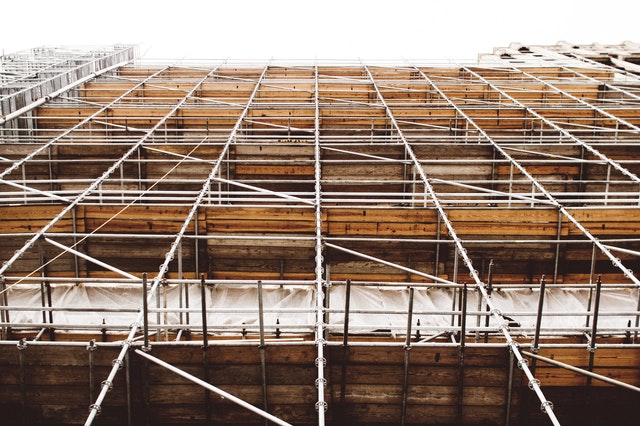If you’re new to the construction industry, or have received an unexpected promotion, the idea of creating and maintaining the site diary can be quite confronting. Site diaries are crucial to the safe and effective operation of the project and if yours isn’t properly configured and managed, you can quickly run into project management issues. That’s why today we’re looking at what needs to be included in a site diary, and how to effectively manage one.
What Is A Site Diary?
A site diary is a document maintained by anyone who is in a position of power on a project. This includes owners, foremen, superintendents and any workers on site who are not directly employed by the company who runs the project (i.e. contractors and subbies). Each individual should manage their own documentation for each project that they work on as these diaries are vital to tracking project progression as well as worker safety. These records can be kept in a more traditional paper form, recorded electronically via a website or application, or even stored in a calendar, whichever method works best for each individual is fine as long as all required information is included.
What Needs To Be Included In A Site Diary?
Essentially, anything that has happened, is happening, and will happen, needs to be recorded in some capacity. For this reason, you’ll want to include your progress reports, any briefing you have been provided with, and any notes that you have made throughout the day. Conversations that could impact on the project or operational safety should also be recorded in your site diary. Any visitors who entered your work space should also be recorded. You may also find it useful to include copies of any other forms that have been supplied during the day within your site diary as long as this does not breach confidentiality.
How Do You Organise A Site Diary?

The particulars of this bit will come down to personal preference, but as a general rule, we suggest having an introductory sheet for each day, much like a planner page, which sets out information such as the weather conditions (and any changes to those conditions that happen throughout the day), has an area to quickly list an overview of important events, and leaves space to briefly document progress. Following this, you should allow space to record important conversations, visitors, any safety or quality concerns from the day and an area to expand on your progress report and the day’s events. Any other inclusions can be worked around this plan and forms that you wish to include can simply be stapled to your paperwork, attached to your calendar, or filed in the same folder as the rest of your documentation depending on your preferred method.
Is There Anything Else That It’s Important To Know About A Site Diary?
Site diaries are often used not just for record keeping, but also for conflict resolution, quality control investigations and safety issue monitoring. Because of this, it is particularly vital that anything that is considered out of the ordinary or could potentially lead to a serious issue is carefully and precisely documented, with more detail and care than you would generally include. It is also important to make your notes throughout the day, rather than at the end of your shift, as you may miss the documentation of vital details if you wait. Finally, you should also make sure that you carefully note any actions you take that you normally wouldn’t, even if they seem unimportant or are in response to an incident.
Hopefully you’ve found this guide helpful and now have a far better understanding of how to create and maintain your site diary. If you have any further questions about site diaries, please feel free to drop them in the comments and stay safe out there.
